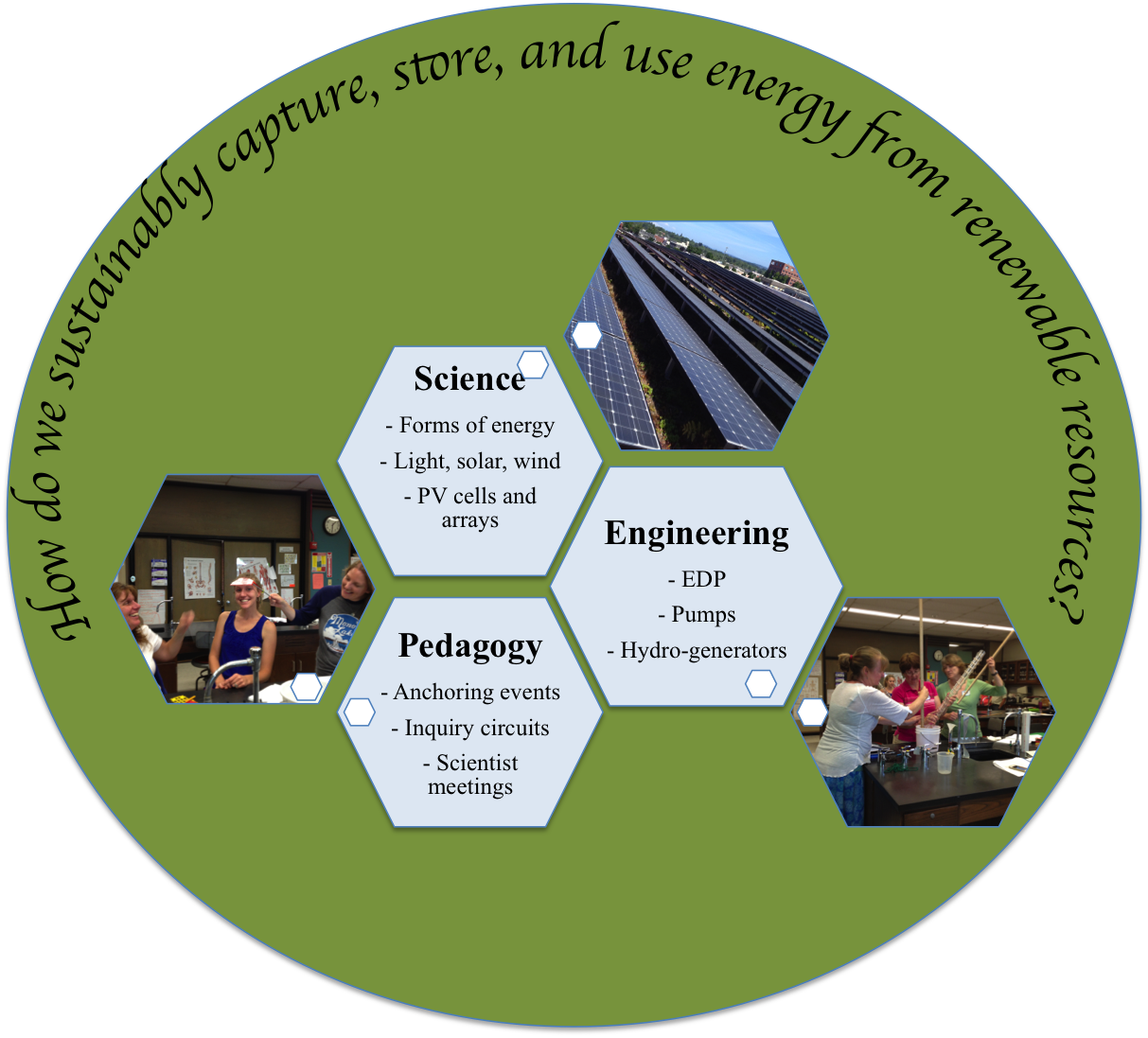In a world increasingly defined by environmental challenges and the need for sustainable solutions, education plays a pivotal role in shaping the future. As we look to build a more sustainable planet, one area where we can make a profound impact is by integrating renewable energy into our educational systems. This blog post explores the importance of teaching sustainability through renewable energy and how it can empower the next generation to tackle global environmental issues.
The Urgency of Sustainability Education
Climate change, pollution, resource depletion, and habitat destruction are among the pressing environmental challenges humanity faces today. To address these issues effectively, it is crucial that future generations are equipped with the knowledge, skills, and values needed to make sustainable choices. This is where education comes in as a powerful tool for change.
Sustainability education aims to foster a deep understanding of ecological, social, and economic interconnections and their implications for the planet. It encourages critical thinking, problem-solving, and responsible decision-making. By introducing renewable energy into the educational landscape, we can integrate sustainability principles into the hearts and minds of young learners.
Renewable Energy as a Learning Tool
Renewable energy sources like solar, wind, hydro, and geothermal power offer an excellent platform for teaching sustainability. Here’s how they can enrich the educational experience:
Hands-On Learning: Renewable energy projects provide students with practical experience. Building and maintaining solar panels or wind turbines, for instance, allow them to apply scientific concepts while learning about energy generation.
Interdisciplinary Approach: Renewable energy education isn’t limited to science classes. It integrates elements of physics, chemistry, biology, engineering, and even economics. This interdisciplinary approach gives students a holistic view of sustainability.
Real-World Problem Solving: Renewable energy projects often involve overcoming challenges, such as optimizing energy output or addressing environmental concerns. These real-world problems stimulate critical thinking and creativity.
Environmental Stewardship: By engaging in renewable energy projects, students develop a strong sense of environmental responsibility. They come to understand the direct impact of their choices on the planet and the importance of sustainable practices.
Incorporating Renewable Energy into the Curriculum
Integrating renewable energy into educational curricula is a multifaceted endeavor that requires collaboration among educators, policymakers, and industry stakeholders. Here are some steps that can be taken:
Curriculum Development: Schools can work on creating modules and courses focused on renewable energy and sustainability. These can be incorporated into existing science, technology, engineering, and mathematics (STEM) subjects.
Teacher Training: Educators should be equipped with the knowledge and resources needed to teach renewable energy effectively. Professional development opportunities and workshops can help teachers stay up-to-date with the latest developments in the field.
Infrastructure Investment: Schools and colleges can invest in renewable energy infrastructure, such as solar panels and wind turbines, to provide hands-on learning opportunities for students. These installations can serve as educational tools and also reduce energy costs for institutions.
Partnerships: Collaboration with renewable energy companies and environmental organizations can bring real-world expertise into the classroom. Guest lectures, field trips, and mentorship programs can further enrich the learning experience.
Benefits of Renewable Energy Education
The benefits of incorporating renewable energy education into schools and universities are manifold:
Empowerment: Students who understand renewable energy are more likely to become advocates for sustainable practices in their communities. They can influence their families and peers to make environmentally conscious choices.
Career Opportunities: As the renewable energy sector continues to grow, students with knowledge and skills in this field will be well-positioned for exciting and impactful careers. This not only benefits individuals but also contributes to the green economy.
Innovation: Education in renewable energy fosters innovation. The next generation of scientists and engineers may develop groundbreaking technologies that accelerate the transition to clean energy.
Global Citizenship: Renewable energy education promotes global awareness and responsibility. It teaches students about the interconnectedness of the world and the importance of international cooperation to address environmental challenges.
Success Stories
Several educational institutions around the world have already embraced renewable energy education with impressive results. One such example is the Solar Energy International (SEI), a Colorado-based nonprofit organization that offers hands-on solar energy training. SEI’s programs have trained thousands of students, professionals, and teachers in renewable energy technologies, empowering them to contribute to a more sustainable future.
Another success story comes from Germany, where renewable energy education is integrated into the national curriculum. German schools teach students about the country’s energy transition (Energiewende) and engage them in energy efficiency and renewable energy projects. As a result, Germany has become a global leader in renewable energy adoption.
Challenges and Solutions
While the benefits of renewable energy education are clear, there are also challenges to overcome:
Resource Constraints: Many educational institutions face budget constraints that limit their ability to invest in renewable energy infrastructure. Public-private partnerships and grants can help bridge this gap.
Curriculum Integration: Incorporating renewable energy into existing curricula can be a complex process. It requires careful planning and coordination among educators and administrators.
Teacher Preparedness: Not all teachers have the necessary knowledge and skills to teach renewable energy. Professional development programs can address this gap.
Sustainability Awareness: Creating a culture of sustainability within educational institutions may require a shift in mindset and values. This can be achieved through awareness campaigns and community involvement.
Conclusion
Teaching sustainability through renewable energy education is an investment in the future of our planet. It equips the next generation with the knowledge and skills they need to address pressing environmental challenges and drive the transition to a sustainable, clean energy future. By integrating renewable energy into our educational systems, we empower students to become environmental stewards, innovators, and advocates for a better world. Together, we can build a brighter, greener future for all.



